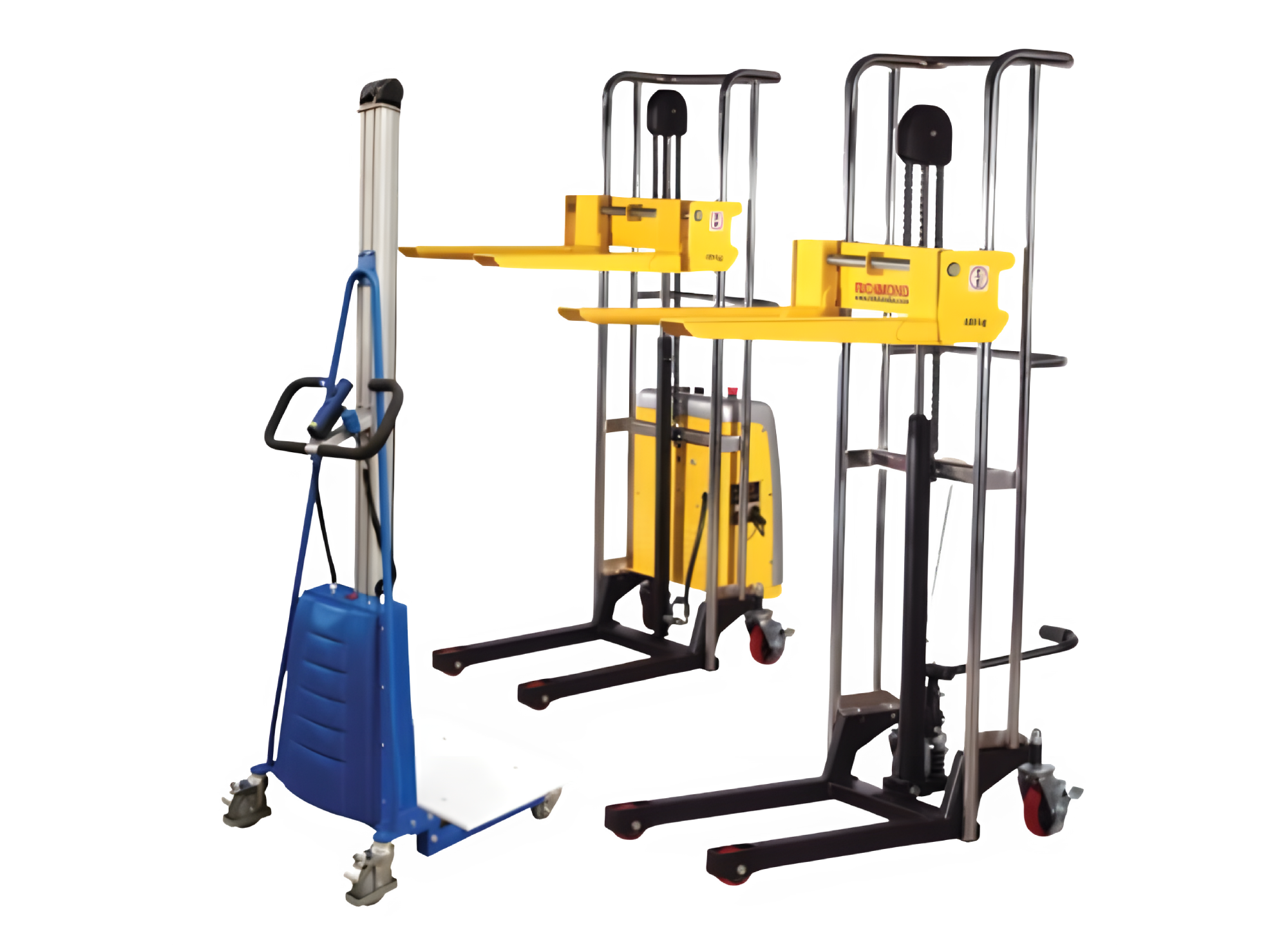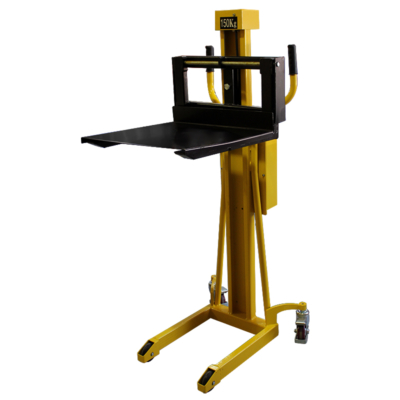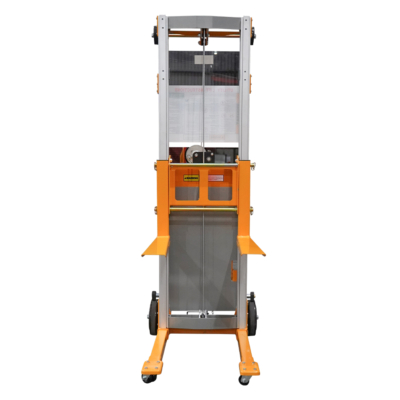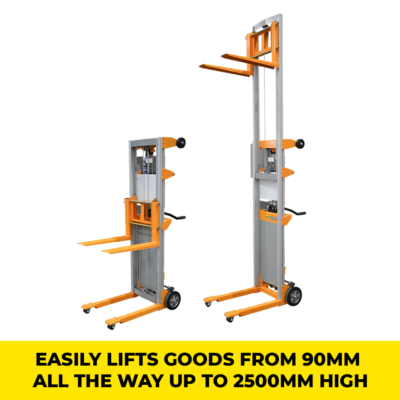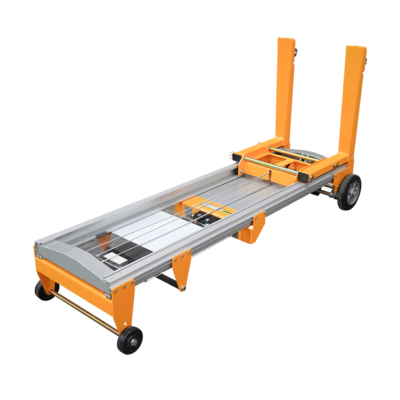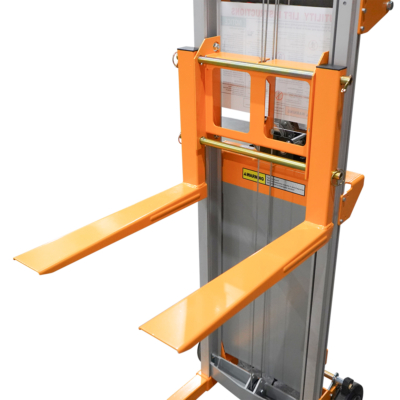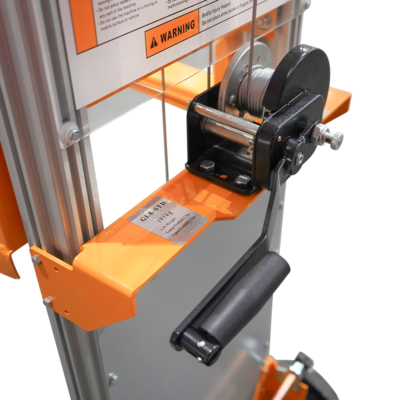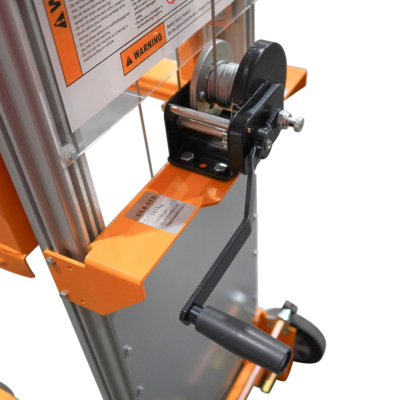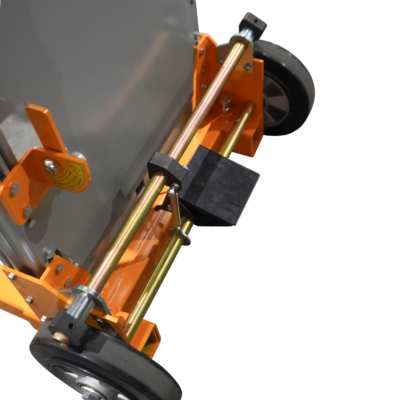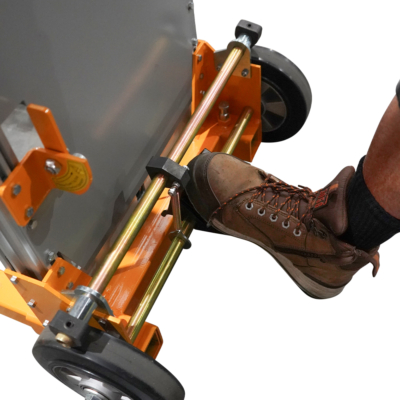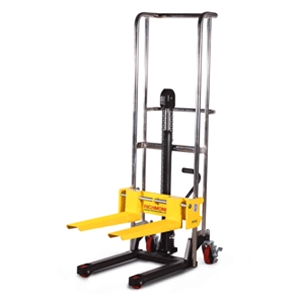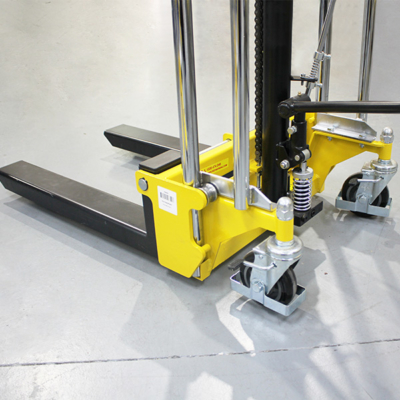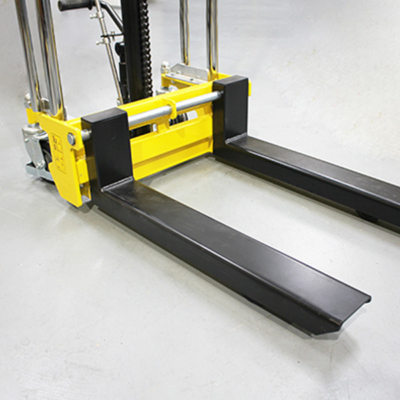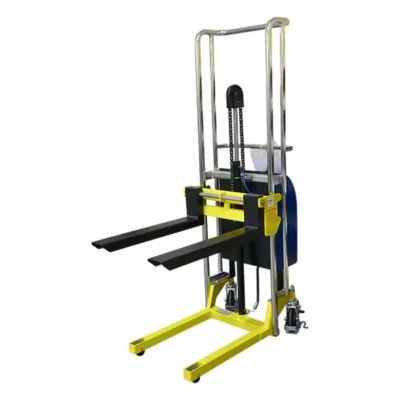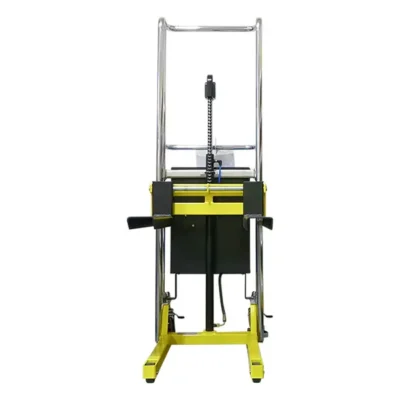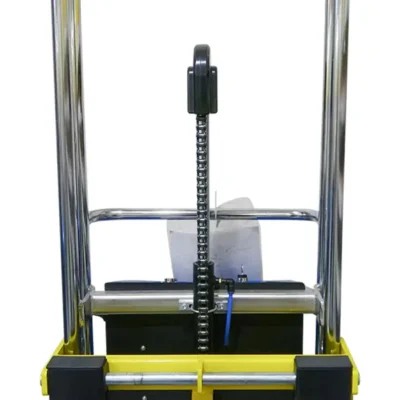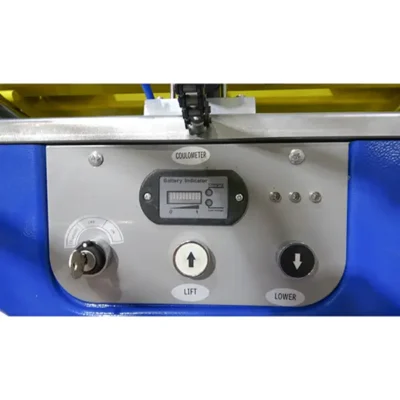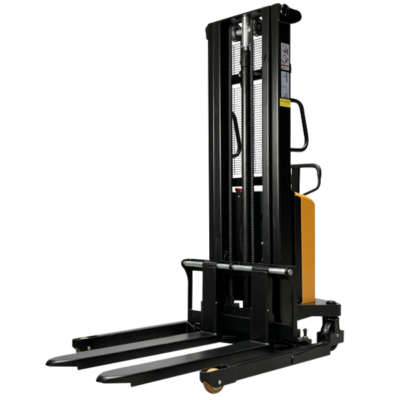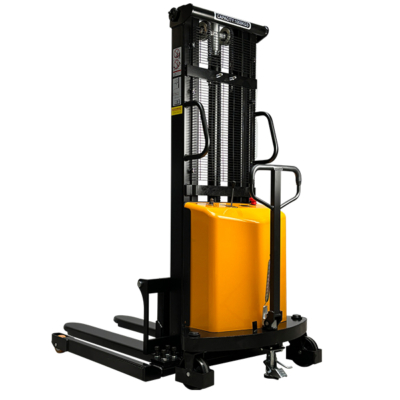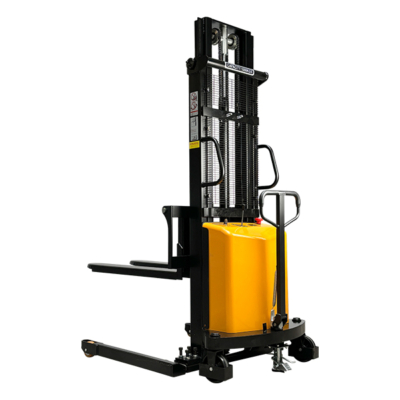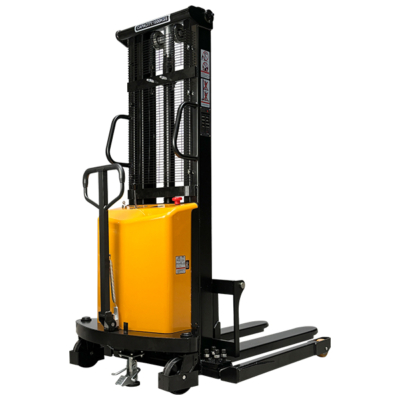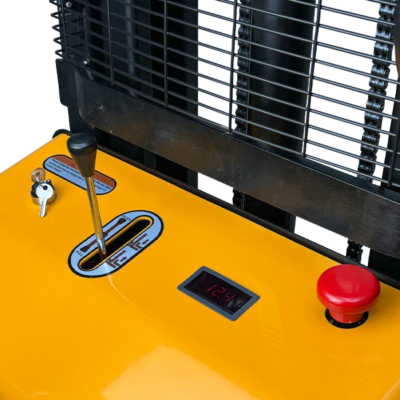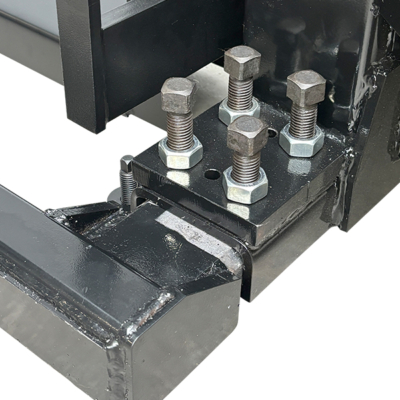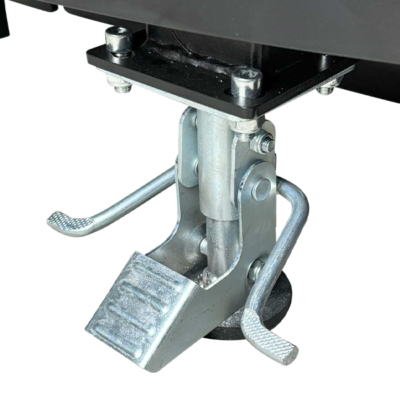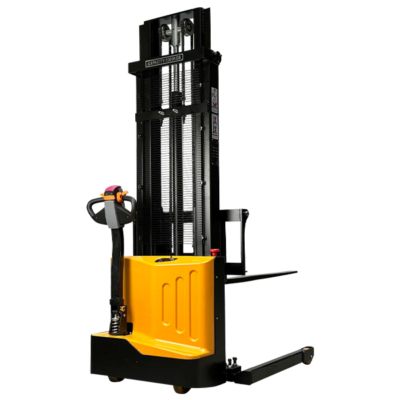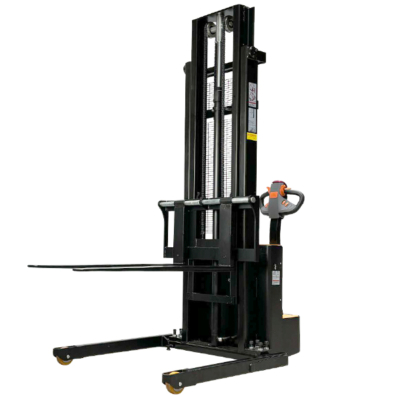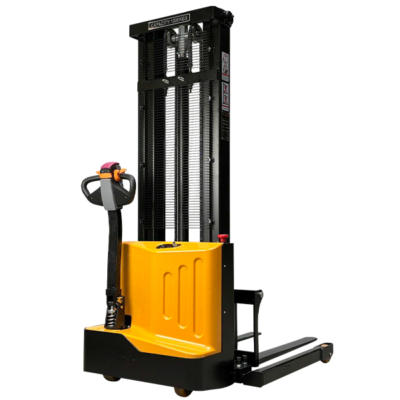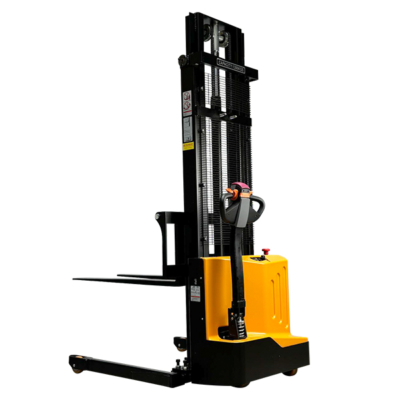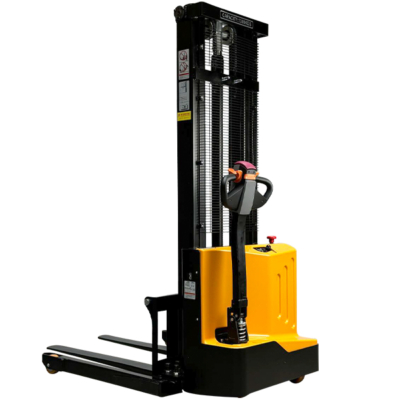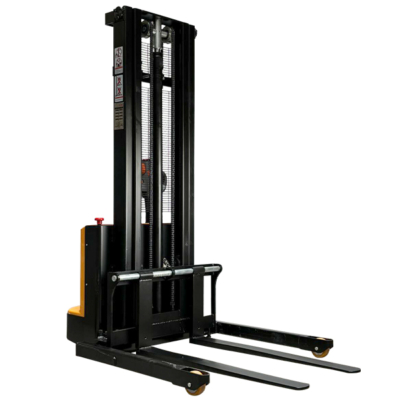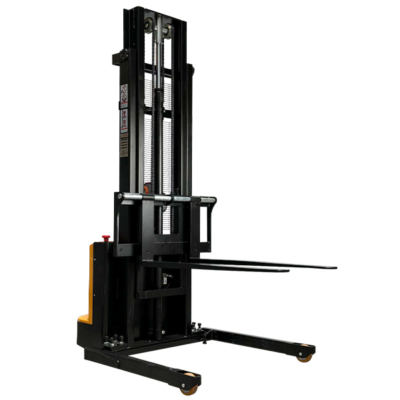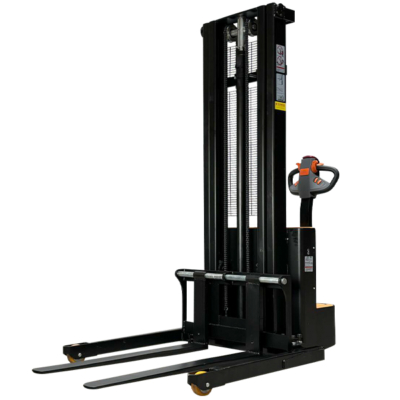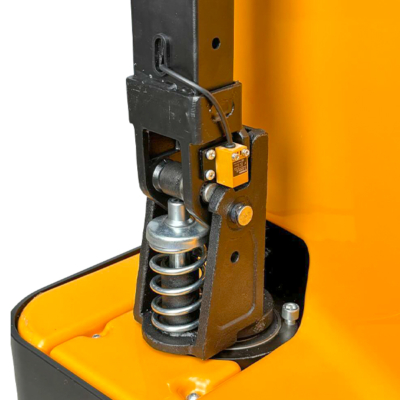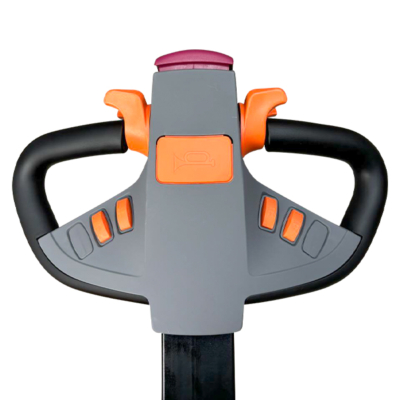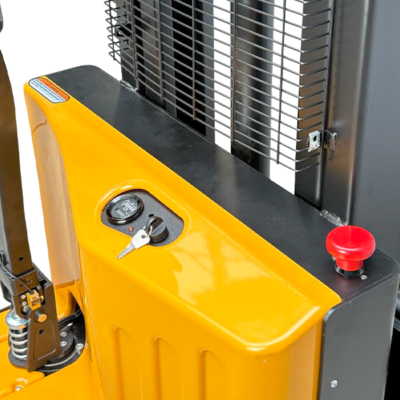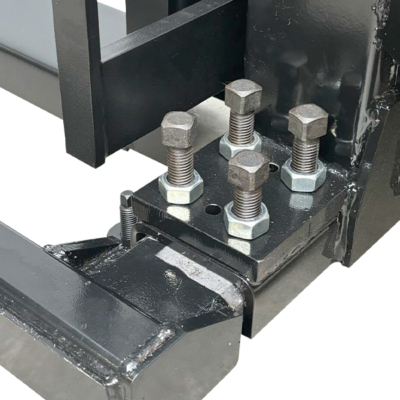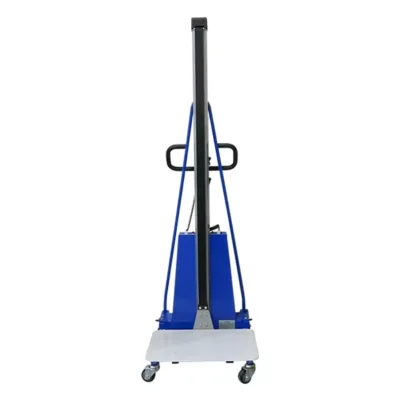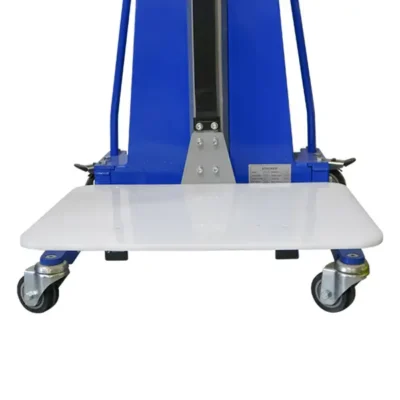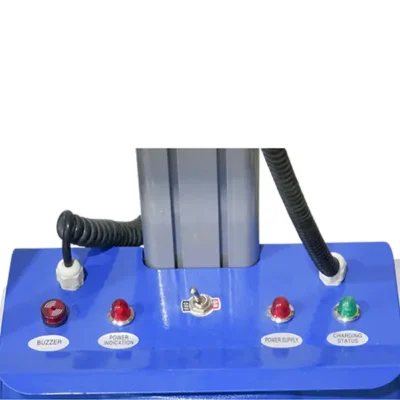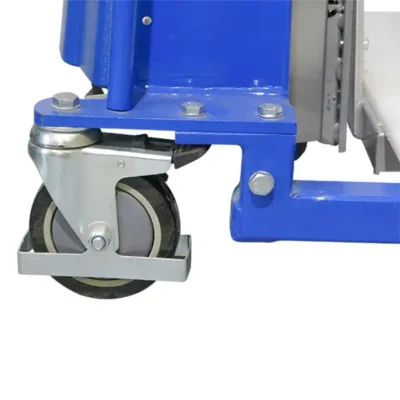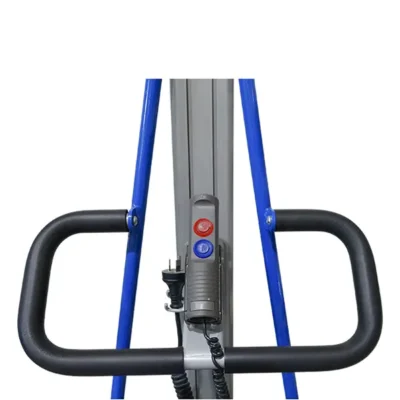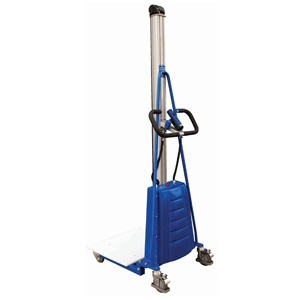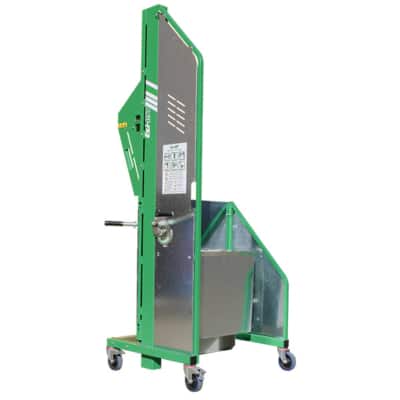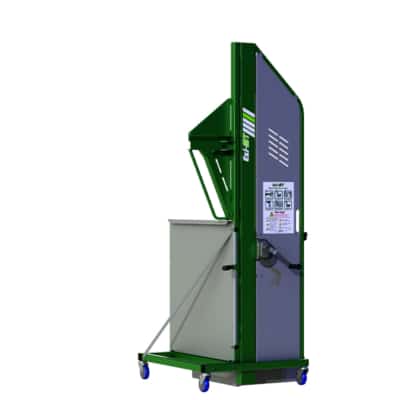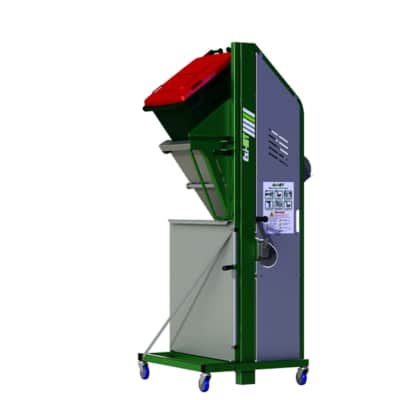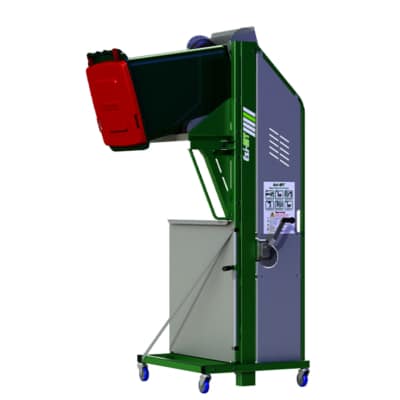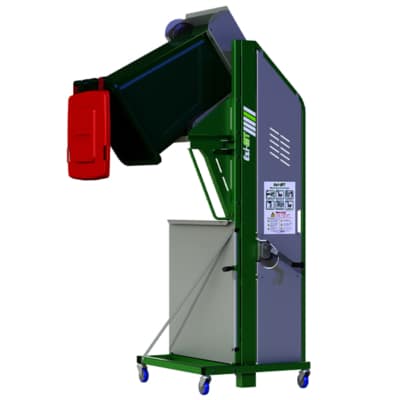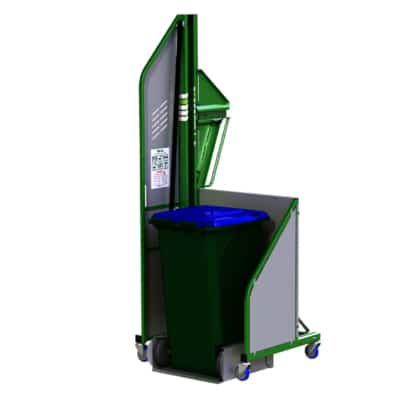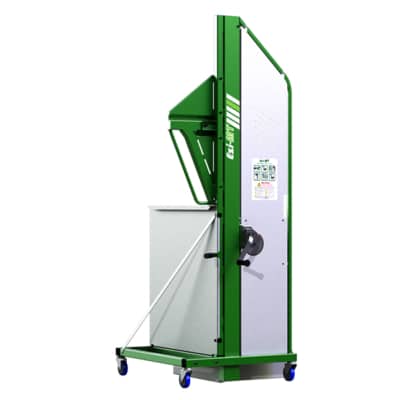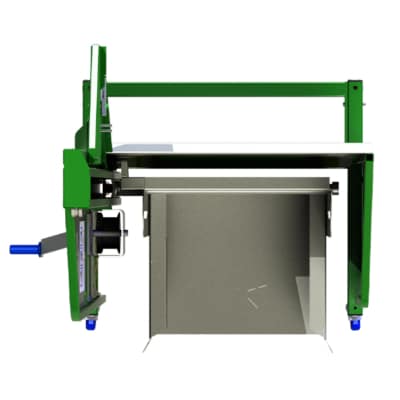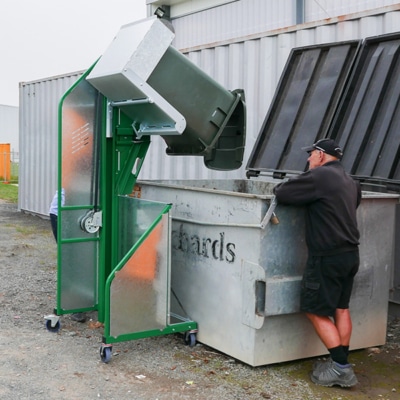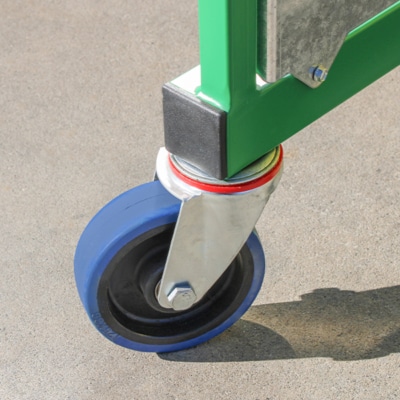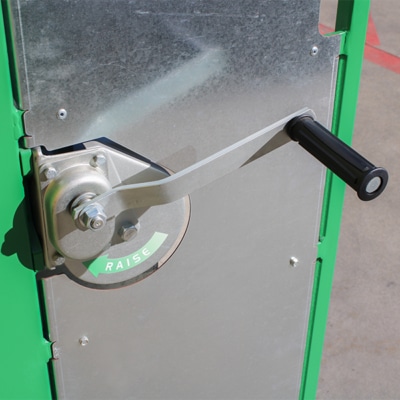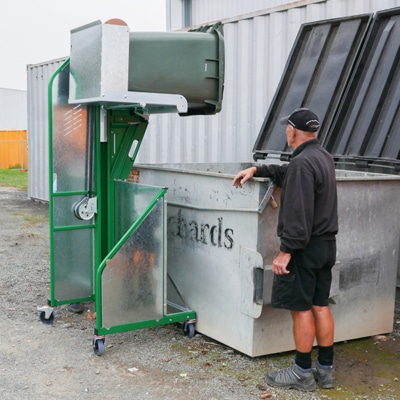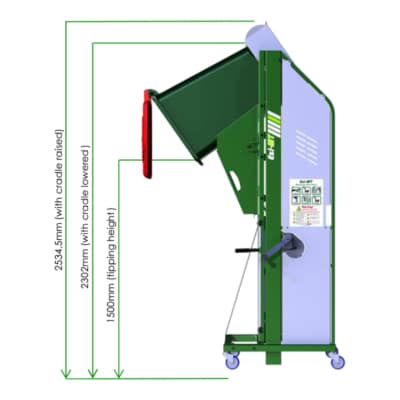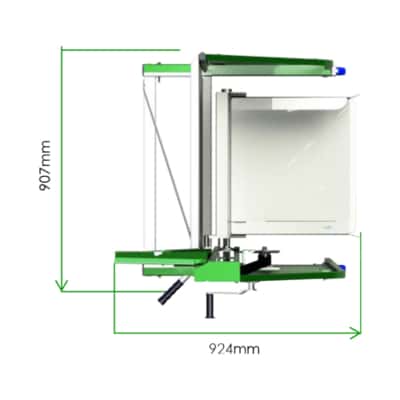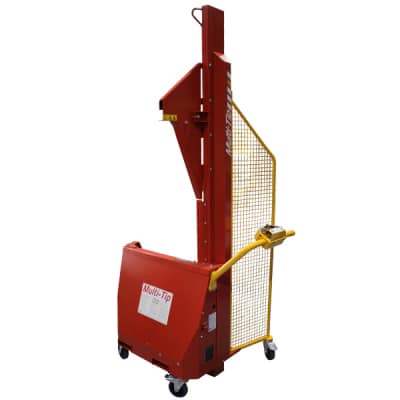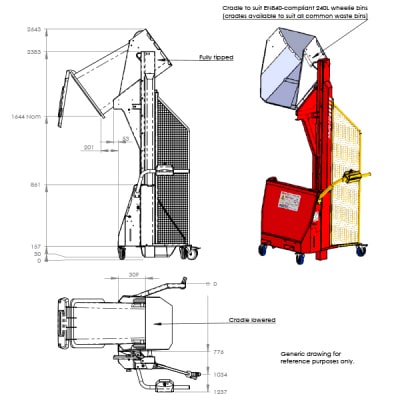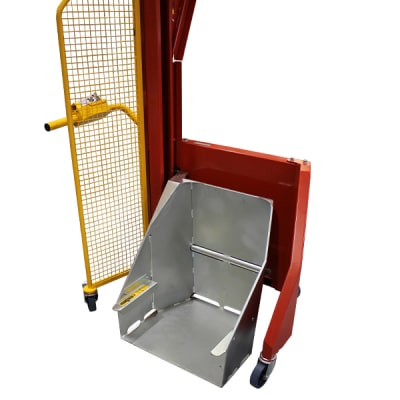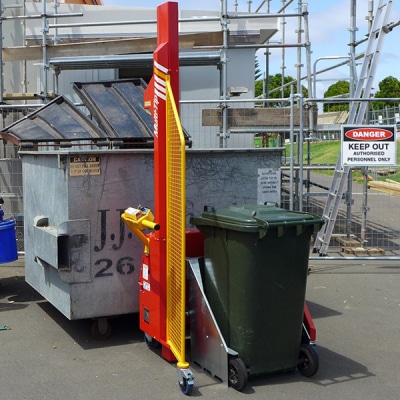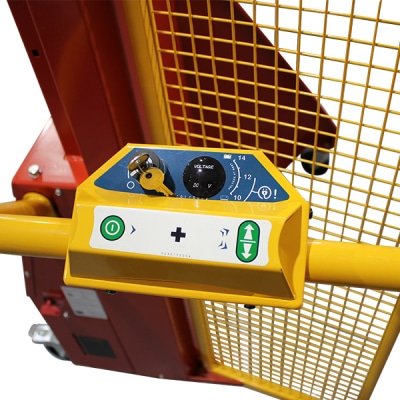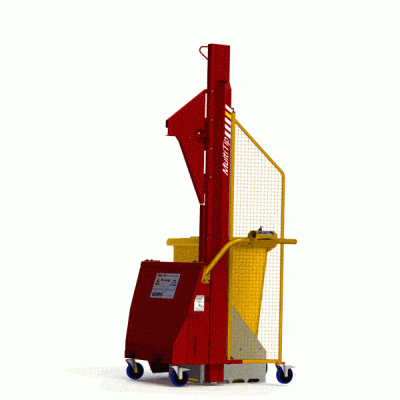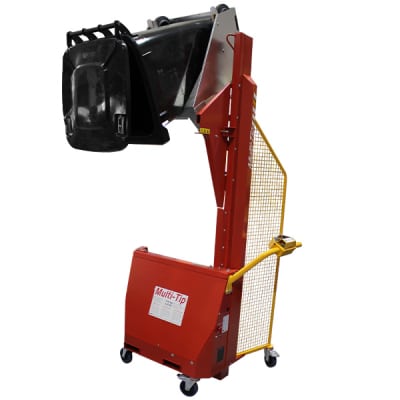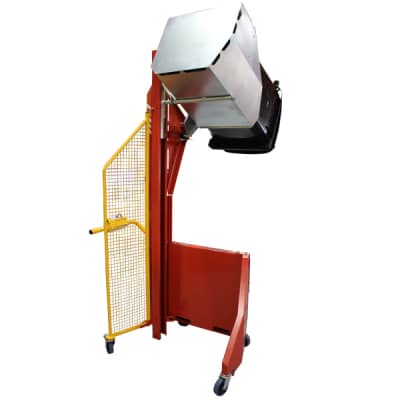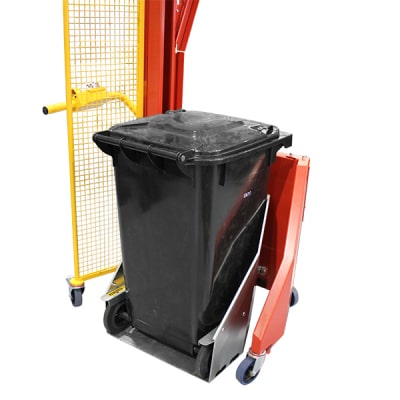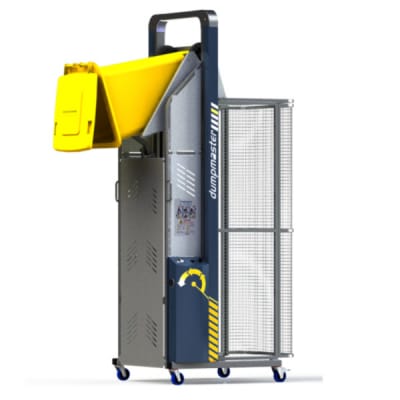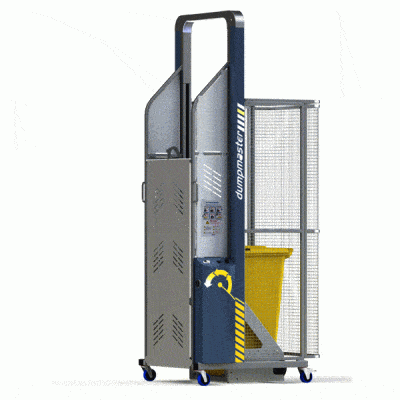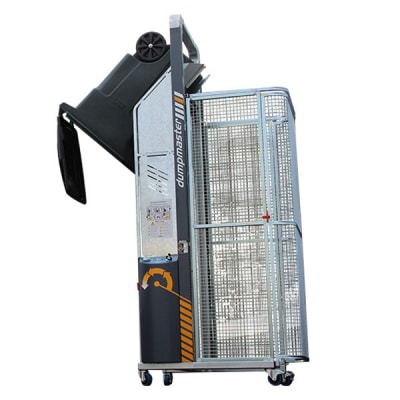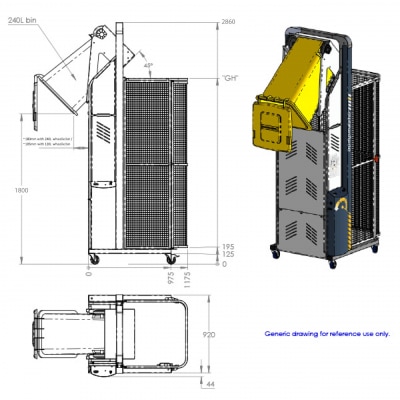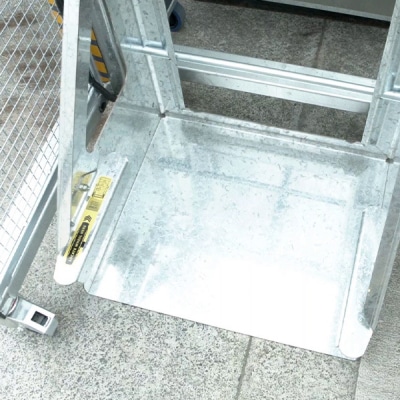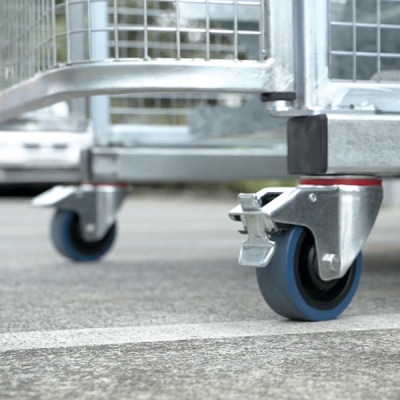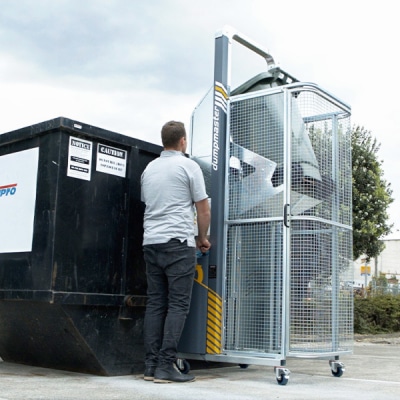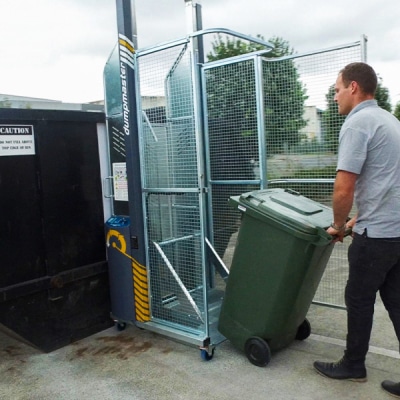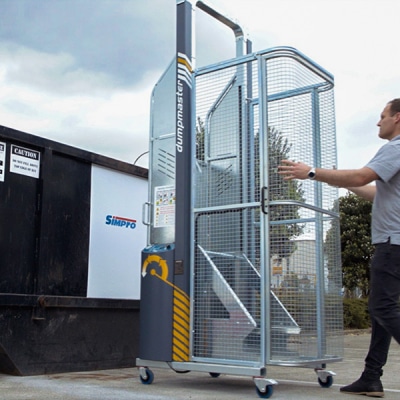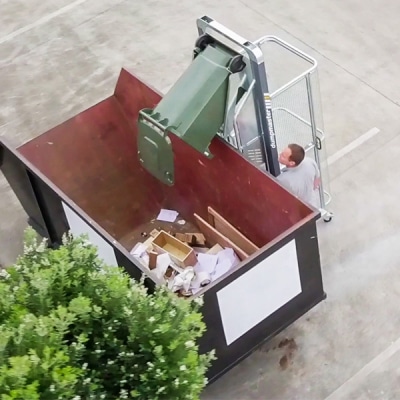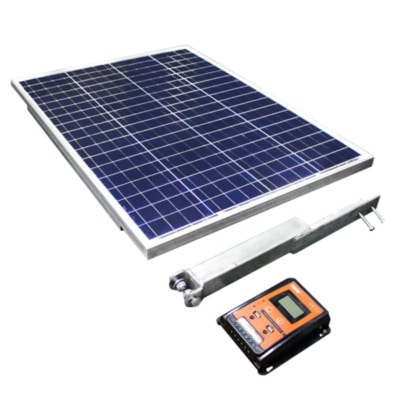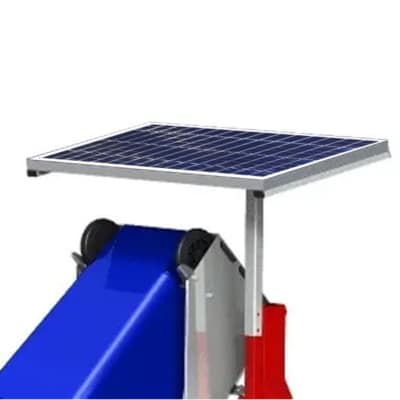Fork Stackers
Richmond’s range of fork stackers provides a reliable solution for lifting and stacking goods in compact spaces. Available in both manual and electric models, these walk-behind devices (also known as walkie stackers or pedestrian forklifts) are ideal for operations where a full-sized forklift isn’t practical. Designed for ergonomic use and safer load handling, Richmond’s fork stackers allow vertical pallet stacking without the need for a forklift licence. Built from durable steel and supported by Richmond’s in-house engineering team and nationwide network, these machines offer performance and peace of mind for Australian businesses.
Why Choose Fork Stackers?
Fork stackers are suited to medium-duty applications requiring vertical lift capability and precise load control in confined areas. As pedestrian-operated equipment, walkie stackers generally do not require a high-risk forklift licence in Australia, making them more accessible to a wider range of users. This can reduce licensing costs and downtime. Their compact, walk-behind design also means they can operate in tight warehouse aisles, stockrooms and workshops where larger forklifts can’t reach.
By reducing the physical effort involved in lifting, fork stackers help lower the risk of workplace injuries from manual handling. Electric stacker models are especially beneficial for regular use, offering low-noise, zero-emission performance suitable for indoor environments.
Common Applications
- Warehouses: For stacking palletised inventory in narrow aisles or storage rooms.
- Manufacturing Facilities: Moving materials between workstations or production areas.
- Retail Distribution: Organising and transporting goods in compact back-of-house stock areas.
- Loading Docks: Assisting with pallet transfer to and from trucks.
- Workshops and Maintenance Bays: Lifting equipment or tools in tight spaces.
They offer a safe, efficient alternative to forklifts when space or licensing constraints apply.
Key Features
- Manual and Electric Options: Choose from hand-operated hydraulic models or electric lift stackers with battery drive for higher frequency lifting.
- High-Lift Masts: Suitable for stacking onto racking or shelving.
- Adjustable Fork Widths: Accommodate different pallet styles and load sizes.
- Steel Frame Construction: Engineered for durability in industrial use.
- Built-In Safety Features: Includes wheel brakes, load backrests and stable base design.
- Compact Footprint: Ideal for confined workspaces with limited turning radius.
Benefits
- No forklift licence required for most users
- Reduces manual handling strain
- Suitable for indoor use (low noise, no exhaust fumes
- Flexible load handling in space-restricted areas
- Backed by Richmond’s nationwide support network
FAQs – Fork Stackers
What’s the difference between a manual and electric fork stacker?
Manual stackers use foot or hand pumps to raise the forks hydraulically. Electric models feature battery-powered lift mechanisms for easier operation and are better suited to frequent or heavier loads.
Do I need a forklift licence to operate a fork stacker?
In most cases, no. Fork stackers are pedestrian-operated and generally don’t require an LF-class licence. However, training is still essential and local regulations should always be checked.
Can I use a fork stacker on sloped or uneven surfaces?
Fork stackers should only be used on level, hard surfaces. Slopes or uneven flooring can affect stability and pose a tipping hazard.
How do I choose the right stacker for my application?
Consider the load weight, lift height, and usage frequency. Manual stackers are ideal for lighter, occasional use. Electric models are better for heavier loads or regular use. Also factor in aisle width and available floor space.
What is the maximum weight a fork stacker can lift?
Richmond’s stackers typically range from 400kg to 1500kg capacity depending on model. Always check the rating of the specific unit and stay within its limits.
Does lift height impact how much I can lift?
Yes. As the lift height increases, the maximum load rating decreases. Always refer to the load chart supplied with the unit.
Can fork stackers lift non-palletised loads?
Yes, if the load is stable and secure on the forks. Some stackers support attachments like platforms or drum lifters for handling irregular items.





